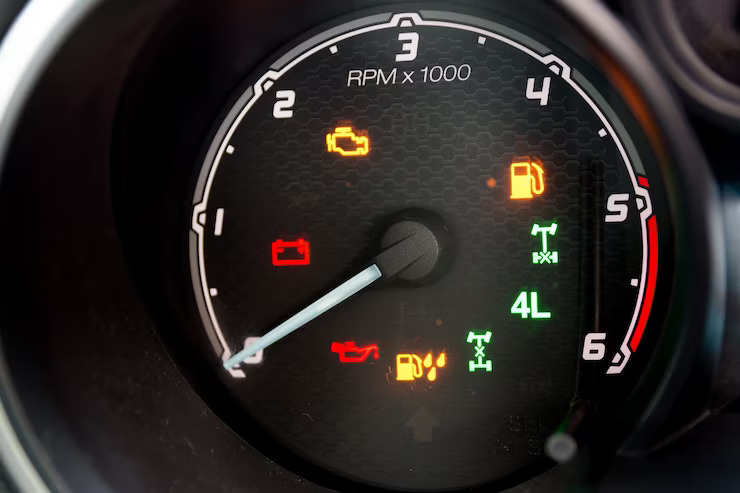The fuel level warning light is a vital component of a vehicle’s dashboard that alerts drivers to low fuel levels. It serves as a reminder to refuel the vehicle to avoid running out of gas unexpectedly. Understanding the importance of the fuel level warning light and troubleshooting any issues related to it can help ensure a safe and uninterrupted driving experience. In this article, we will explore the significance of fuel level warning lights, their common causes of activation, and the necessary steps to troubleshoot and resolve any problems.
Importance of Fuel Level Warning Lights: The fuel level warning light is designed to inform drivers about the remaining amount of fuel in the tank. It helps prevent situations where the vehicle runs out of gas while on the road, potentially leaving the driver stranded or causing inconveniences. By paying attention to the warning light and refueling in a timely manner, drivers can maintain a consistent fuel supply and ensure the vehicle operates smoothly.
Common Causes of Fuel Level Warning Light Activation:
- Low Fuel Level: The most common reason for the fuel level warning light to illuminate is a low fuel level in the tank. Each vehicle has a specific threshold for triggering the warning light, usually indicating that there is only a small amount of fuel remaining. This serves as a reminder to refuel as soon as possible.
- Faulty Fuel Level Sensor: The fuel level sensor is responsible for measuring the amount of fuel in the tank and sending the information to the dashboard. If the sensor malfunctions or becomes inaccurate, it may trigger the fuel level warning light even when there is sufficient fuel in the tank. This issue requires a professional inspection and potential replacement of the sensor.
- Electrical Problems: In some cases, electrical issues such as loose connections, wiring problems, or a faulty dashboard cluster can lead to the activation of the fuel level warning light. These issues may require a thorough diagnosis by a qualified technician to identify and rectify the problem.
Troubleshooting Steps for Fuel Level Warning Light Activation:
- Confirm Fuel Level: When the fuel level warning light illuminates, it is essential to confirm the actual fuel level in the tank. If the gauge shows that there is sufficient fuel, it may indicate a problem with the fuel level sensor or the electrical system. However, if the fuel level is indeed low, refueling is necessary.
- Check Fuel Cap: Ensure that the fuel cap is securely tightened after refueling. A loose or improperly sealed fuel cap can trigger the fuel level warning light. Tighten the cap properly or replace it if damaged.
- Inspect Wiring and Connections: If the fuel level warning light persists, check the wiring and connections related to the fuel level sensor. Look for any loose or damaged wires or connectors. Ensure that they are securely connected and in good condition. If any issues are found, repair or replace the affected components.
- Professional Inspection: If the troubleshooting steps do not resolve the issue, or if you suspect a faulty fuel level sensor or electrical problem, it is advisable to seek professional assistance. A qualified mechanic or technician can perform a comprehensive diagnosis using specialized tools to identify the exact cause and provide appropriate solutions.
- Resetting the Warning Light: Once the underlying issue has been resolved, the fuel level warning light can be reset. This can typically be done by using an OBD-II scanner or by disconnecting the vehicle’s battery for a few minutes. However, it’s important to ensure that the problem has been addressed before resetting the warning light.
Maintaining a functioning fuel level warning light is essential for the smooth operation of a vehicle. By understanding its importance and following the troubleshooting steps mentioned above, drivers can address any fuel level warning light issues promptly. Regular vehicle maintenance and attention to warning lights contribute to a safe and reliable driving experience.
The fuel level warning light serves as a crucial reminder for drivers to refuel their vehicles in a timely manner. By recognizing the common causes of activation and taking the necessary troubleshooting steps, drivers can ensure accurate fuel level readings and avoid unexpected fuel-related issues on the road. Stay attentive to the fuel level warning light and prioritize regular vehicle maintenance to keep your vehicle running smoothly.











